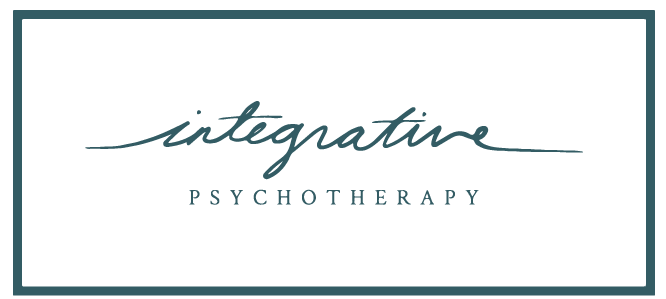What does EMDR therapy look like?
EMDR Therapy in Cedarhurst
EMDR in Long Island and NEW YORK
When you go through a tough experience and feel overwhelmed, your brain cannot process information as it ordinarily does. Because the memory isn't properly "digested" in your memory network, when you're reminded of the event, you might feel as if it's happening, because the sounds, smells, images and feelings were frozen in time and haven't been sorted. In some cases, the frozen memories can affect the way you feel in the world around you and how you act in relationships.
EMDR activates the brain's adaptive information processing, helping the brain digests the information properly.
The length of complete treatment depends on each individual client and their specific history. Full EMDR treatment involves a three pronged protocol: past memories, present disturbances, and future skills and actions. Our goal is to alleviate symptoms by processing experiences that are causing problems and include new ways of dealing for feeling healthy and strong.
You'll be able to discard unhelpful beliefs, emotions and body sensations that are connected to unresolved experiences.
EMDR uses an eight-phase model that begins with "resourcing" the client with coping skills so that they feel steady and able to regulate and calm themselves as they do the processing work. Bilateral stimulation (which can include eye movements, taps or tones) are used to process through visual imagery, negative beliefs and related emotions and body sensations.
EMDR is an Eight Phase Treatment:
Phase 1: History
is where we take a trauma-focused history to see if EMDR is right for you. We pay specific attention to information pertaining to stressful life events, situations where you experienced loss, trauma or where you may have developed a negative believe about yourself. We will also discuss your family's trauma history as impacts you as well.
Phase 2: Preparation
is the phase where you begin learning ways to "resource" yourself, learning calming skills, positive resources including safe space, container exercise, and a number of supports that will help keep you grounded when doing the processing work. We'll also strengthen you current coping skills, adding them to your resources. You'll get to practice bilateral stimulation to get a feel of what it's like.
Phase 3: Assessment
is where you choose which issue or memory you would like to target. This is where you begin to use the active process of EMDR, after we assess what beliefs, emotions, imagines and body sensations are associated with the target.
Phase 4: Desensitization
is the phase where we begin using bilateral stimulation together with the identified elements. Memory networks are "lit up" in order to "file" them correctly in the right spots in your brain. This process desensitizes your brain to present triggers connected with the frozen traumatic material. We use bilateral "sets", where we begin at your chosen target. I will stop at intervals to check in so you an report what thoughts, feelings, body sensations or memories are coming up. This session involves less talking as you are reprocessing and tapping in to you brain's inherent ability to heal itself. If you get stuck on something, I will help you and guide you through it. This work is about you and you choose what you feel comfortable sharing. We track how you're doing and you can always stop or slow down, making sure to go at a pace that is comfortable for you.
Phase 5: Installation
After reprocessing is complete, we install and strengthen positive beliefs and insights that were identified during the previous phase with bilateral stimulation.
Phase 6: Body Scan
is where we check in with how your body is doing, scanning for any tension left, to be sure we have cleared the memory and sensations related to it. We want to be sure the level of distress has gone down. If there is any residual associations leftover, we would return to complete the processing.
Phase 7 : Closure
is where we get to practice a relaxing exercise, using mindfulness or one of your resources, ensuring processing is over and you are grounded and able to leave the office. In some instances, the processing is incomplete, and will will reprocess the following session starting with the main target memory, yet we wrap up and debrief for the session and re-open next session.
Phase 8: Reevaluation
is where we check in at the following session to track how you're doing and discuss what you have noticed since EMDR, checking for insights, new memories, dreams or any shifts internally. Since the brain processes up to 36 hours after bilateral stimulation, clients often report insights between sessions We may discuss necessity of ongoing EMDR to work through complex issues. As well, we will strengthen the relief and release your body has experienced thus far.
If you live in the Five Towns, Nassau County or anywhere across Long Island, NY and are seeking EMDR therapy to help you experience relief, contact me today to schedule your free 15 minute consultation and to book your first appointment in my Cedarhurst office.



